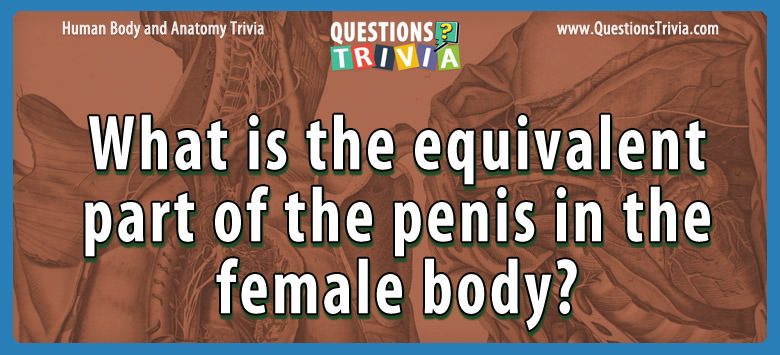
View Answer
The clitoris.
Clitoris is located below the pubis and is the female equivalent of the penis. The head is the outer part of the clitoris.
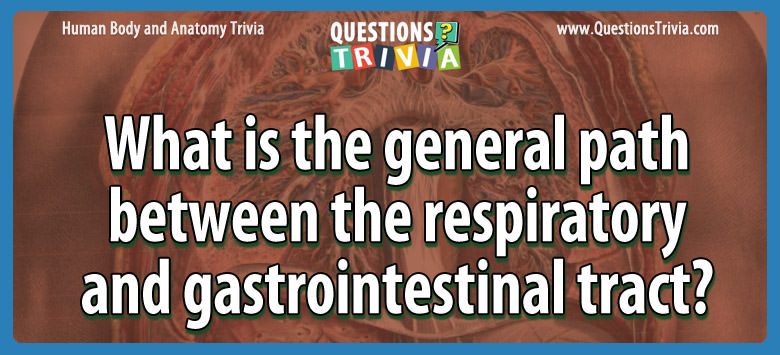
View Answer
Pharynx.
The pharynx is part of the digestive system, as well as the respiratory system since it carries both food and air. At the bottom of the pharynx, this pathway is divided into two, one for food (the esophagus that leads to the stomach), and the other – to the air.

View Answer
Clavicle.
The clavicle or collarbone is a long bone, which serves as a support between the shoulder blade and the sternum. There are two keys, one on the left and one on the right. The clavicle is the only long bone in the body that lies horizontally.In fact, beauty does not exactly correlate with the collarbone. But usually women with a low-fat body are considered beautiful, and in these women, the collarbone is more noticeable and indicates the amount of fat indirectly.
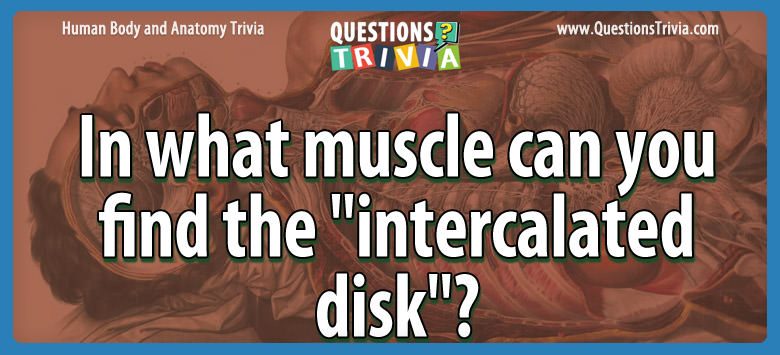
View Answer
Cardiac muscles.
The heart muscle consists of separate cells of the cardiac muscle (cardiomyocytes), connected by intercalated disks for functioning as a single functional organ or syncytium. On the contrary, the skeletal muscles consist of multicore muscle fibers and do not have intercalated disks.

View Answer
Nucleus.
The Nucleus is called the “brain” of the cell since it contains the information necessary to carry out most cell functions.
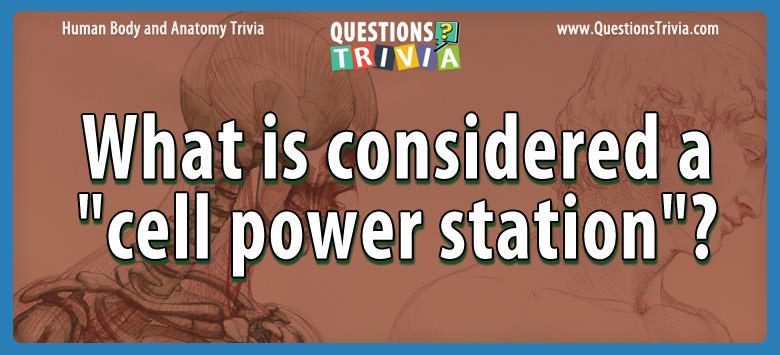
View Answer
Mitochondria.
Mitochondria are called a cell of a power plant. They are called so because they perform the aerobic process of breathing and generate energy molecules (ATP or adenosine triphosphate) for cellular work.
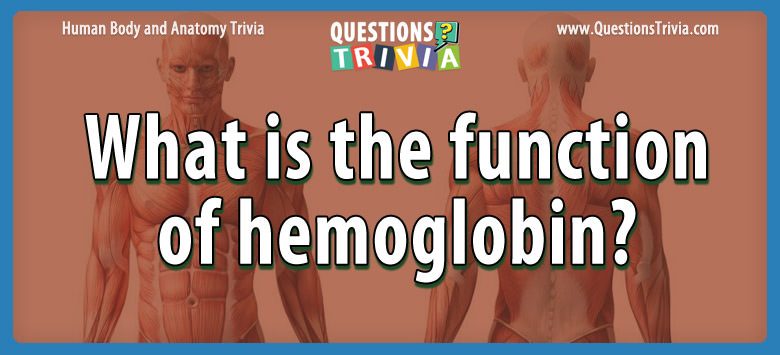
View Answer
Oxygen transport.
Hemoglobin is contained in erythrocytes, which effectively transport oxygen from the lungs to the tissues of the body. Hemoglobin also helps to transport carbon dioxide and hydrogen ions back to the lungs.
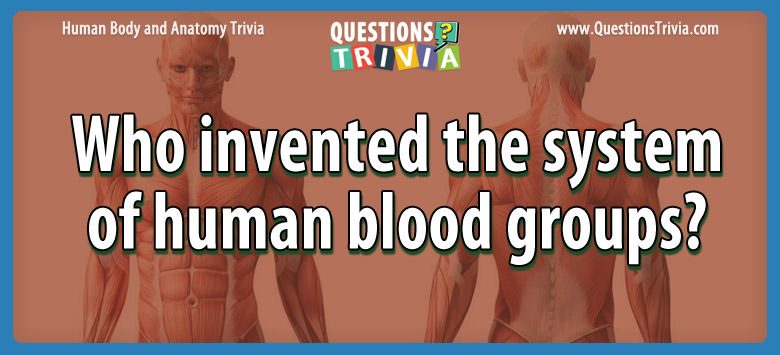
View Answer
Karl Landsteiner.
The ABO human blood groups were discovered by the Austrian American biologist Karl Landsteiner in 1901.
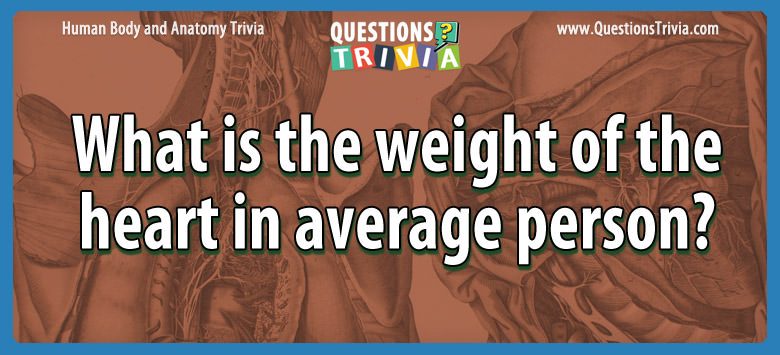
View Answer
About 300 grams.
The heart of an average adult has a size about a fist and weighs about 310 grams. The heart is relatively small (no more than a compressed fist) muscular organ, hollow and muscular, charged with pumping blood throughout the body and other organs.
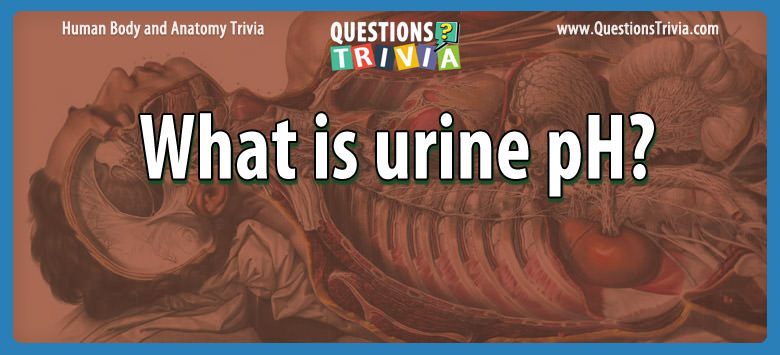
View Answer
6.0
The pH test looks at how much acid or alkali is human urine. According to the American Association of Clinical Chemistry, the average urine pH value is 6.0 but may range from 4.5 to 8.0. Urine below 5.0 is acidic, and urine more than 8.0 – alkaline or basic.
About Trivia Quizzes and Games
Experts say that when it comes to brainpower, you either use it or lose it. Playing trivia games regularly is one sure way to keep your mind active because it involves comprehension, cognition and memory skills. Questions are drawn from some of the most memorable events in history, science or popular culture. These quizzes are designed to be played in different formats: as an individual challenge, with a partner or as team play on game night. We construct our quizzes to present escalating challenges. Trivia games deal with facts. Every question included in our games has been checked for accuracy and relevance. You are free to quote them at your next gathering to show off some interesting facts you’ve picked up from playing trivia games. Doing trivia quizzes has also been shown to improve collaboration and communication skills, generate a healthy debate, relieve stress and promote harmony among many advantages. The more you play, the more you know, and you can focus on the topics that are of great interest to you.
